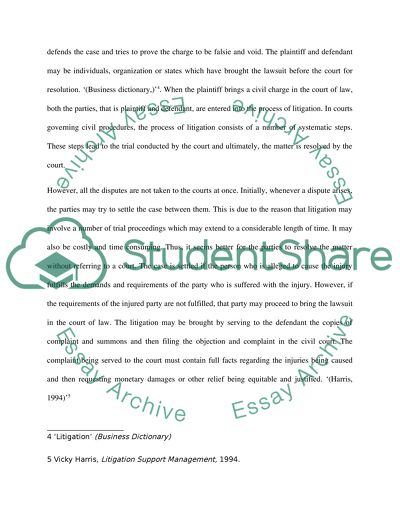Cite this document
(“International commercial arbitration Essay Example | Topics and Well Written Essays - 3500 words”, n.d.)
Retrieved from https://studentshare.org/law/1393958-international-commercial-arbitration
Retrieved from https://studentshare.org/law/1393958-international-commercial-arbitration
(International Commercial Arbitration Essay Example | Topics and Well Written Essays - 3500 Words)
https://studentshare.org/law/1393958-international-commercial-arbitration.
https://studentshare.org/law/1393958-international-commercial-arbitration.
“International Commercial Arbitration Essay Example | Topics and Well Written Essays - 3500 Words”, n.d. https://studentshare.org/law/1393958-international-commercial-arbitration.


